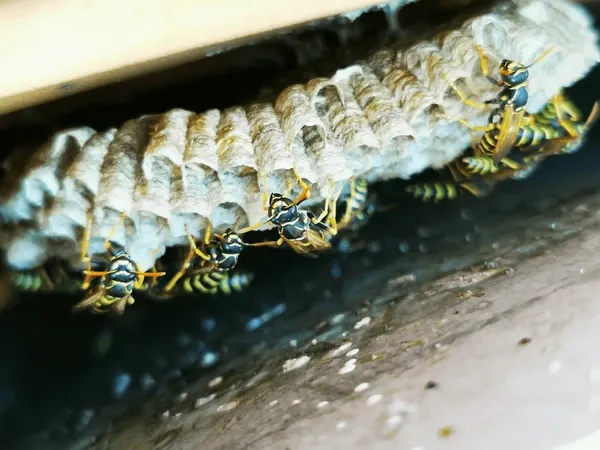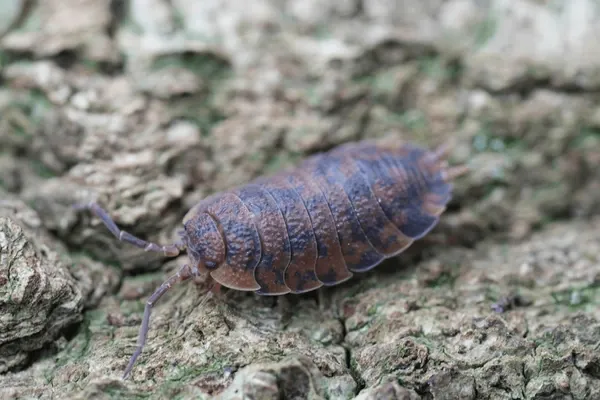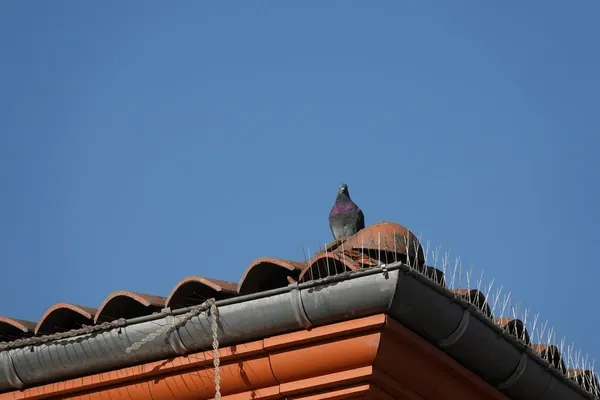
The Complete Homeowner's Guide
Infestation by Squirrels is Urgent in your house. Squirrels are rodents of a small size, typically with bushy tails, and are diurnal. The most commonly found types in Canada include red squirrels, eastern gray squirrels, and fox squirrels. While they look adorable when out in the open, they are quite a nuisance after gaining access to the interior of the house.
Squirrels do not hibernate in the winter; rather, they look for some warm places to stay like in attics, walls, and chimneys. They chew through the wood, wiring, and support beams to construct their nests, which causes a lot of damage. When there are scratchy or rustling noises, chances are that you have squirrels in your attic.
Signs You Have a Squirrel Problem
How do you know if squirrels have moved in? Look for these signs:
1. Strange Noises in the Morning
Queer noises in the early dawn because squirrels are diurnal, and you will feel them running around your attic/ walls; it could be scratching and even chewing on stuff.
2. Chewed Wires and Wood
Squirrels have razor-sharp teeth that grow continuously. They chew on just about everything, including electrical wiring, support beams, and plastic water pipes, which could lead to fire and costly repairs.
3. Nests of Insulation and Debris
Squirrels shred insulation, cardboard, and leaves to make their nesting material. Thus, if you find piles of shredded stuff all over your attic, it’s most probably the disturbing work of those pesky squirrels.
4. Baby Squirrels in Spring
In spring, female squirrels find secure locations to bear their offspring. Therefore, if you hear high-pitched squeaking noises within your walls or in the attic, it might be baby squirrels.
Why Squirrels Are Dangerous
Squirrels may seem harmless, but they cause serious problems:
1. Fire Risk of Chewed Wires
The largest of many risks is wiring, which can spark and cause a house fire.
2. Squirrels and Structural Damage
Constant gnawing by squirrels weakens support beams and wood frames, causing structural damage and leading to costly repairs.
3. Health Risks from Droppings
Squirrel urine and droppings are bad hosts for diseases and can attract other pests. If they die inside your walls, be sure that smell will be there for weeks.
How to Get Rid of Squirrels Safely
1. Live Trapping (The Most Effective Method)
The best way to remove squirrels is with a cage trap. Live trapping is humane and works well for eastern gray squirrels, red squirrels, and fox squirrels. However, you must check traps daily and release squirrels far from your home.
2. Seal Entry Points After Removal
Squirrels are good at squeezing through tiny gaps. Once you've trapped them, make sure you go around and seal up to prevent squirrels from coming back.
3. Use One-Way Exclusion Doors
These devices let squirrels leave but not return. They’re great for getting squirrels out of your attic without trapping them.
4. Call Professional Wildlife Control
When DIY Methods Fall Short: The Assurance of Professional Squirrel Removal
How to Keep Squirrels Away for Good
1. Trim Tree Branches Near Your Roof
Squirrels jump from trees to your house. Cutting back branches makes it harder for them to reach your attic.
2. Install Metal Mesh Over Vents
Squirrels can nibble through plastic or even wood. If you want to keep them out of vents and chimneys.
3. Use Squirrel-Proof Bird Feeders
Don’t feed the birds, or use feeders that squirrels can’t get into. That way, they won’t have as much of a reason to hang around your place.
4. Regular Inspections
Check your attic and roof every few months for signs of squirrels. Early detection prevents bug infestations.
When to Call a Professional Squirrel Removal Service
You should call wildlife control experts if:
- You hear squirrels in your attic but can’t find how they’re getting in
- There’s a strong smell (which could mean a dead squirrel)
- You see chewed electric wiring or structural damage
- You’re dealing with baby squirrels and don’t know how to remove them safely
When to Seek Professional Squirrel Removal Services






